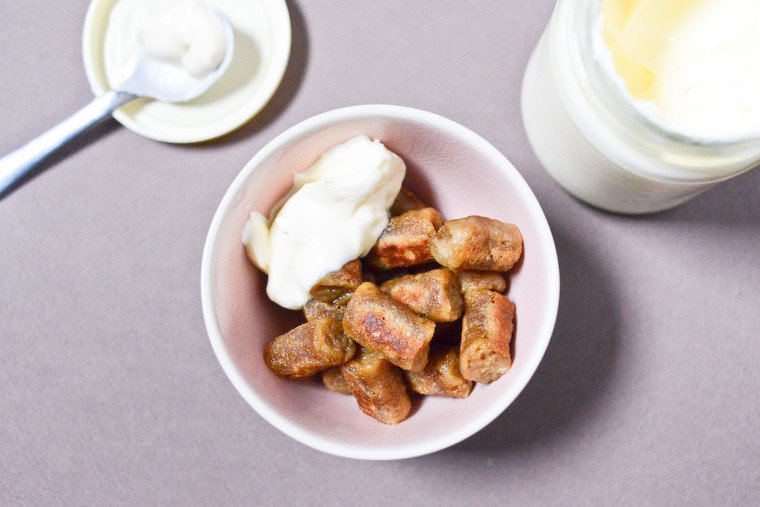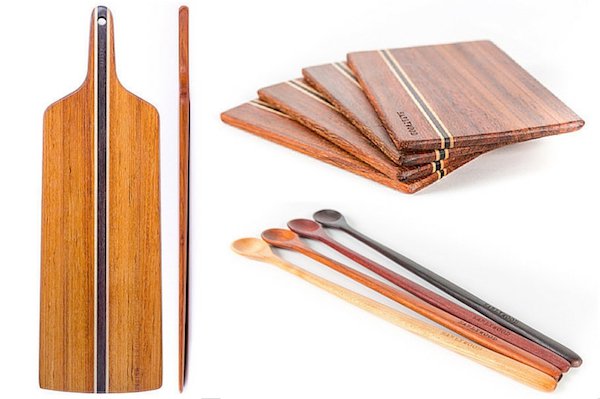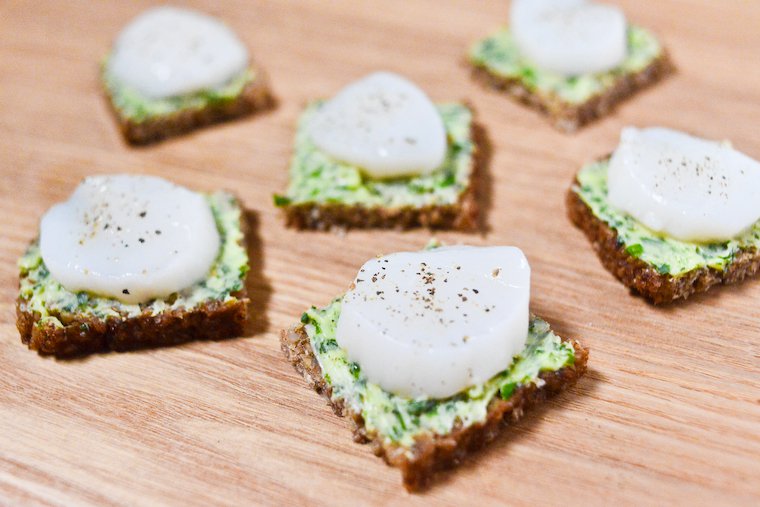I can’t say that November has been a good month. Except that I am alive and well, and my family and friends are too, and what more is there to be thankful for? It is my most heartfelt wish for all of you who read this. I am also incredibly grateful that the many messages I received in which you expressed your concern and sent words of support. It has meant more to me than you can imagine.
One of the strangest things when such dramatic events happen, is that life does go on.
Even as we keep the victims and those who loved them in our thoughts, we continue to go out, to eat at restaurants, to play with our kids at the playground, to take the metro, to go to the movies, to have drinks with friends.
It is a leap of faith, that whole business of hoping that you won’t be in the wrong place at the wrong time, though you don’t deserve it more than anyone else living alongside you in the same city.
But surely it is the only possible response to terror: #jenaipaspeur — #iamnotafraid.
And so, in the spirit of not letting the bad guys win, I give you some happy highlights from my November, and I wish a heart-warming day and a marvellous feast to those of you who celebrate Thanksgiving today.
Good eats

• I had a wonderful meal at Le Potager de Charlotte (Charlotte’s vegetable patch), a new vegan restaurant that opened on rue Condorcet in Paris’ 9th arrondissement. My eggplant with sunflower seed “bolognaise” was amazing, and it is wonderful to see a restaurant-style, vegan cuisine that’s delicate and sophisticated. Here’s the Snapchat story I made from the experience (more on that below!).
• I have been doing research for an article about the best croissants in Paris (such hardship) and Gontran Cherrier’s is high on my list.
• I had lunch at Le Tricycle, a micro-resto on rue de Paradis (10th arrondissement) that serves ital cuisine and makes excellent vegan hot dogs. Pictured above is the avocado dog and the vegetable mafé.
• I placed a group order with fellow chocoholics to lay my hands on organic Porcelain chocolate from Dutch bean-to-bar maker Original Beans, and with it I made an egg-free chocolate mousse leveraging the power of chickpea “juice”. You’ll hear more about this soon on Chocolate & Zucchini!
Follow me on Instagram for many more food shots and Paris recommendations throughout the month!














